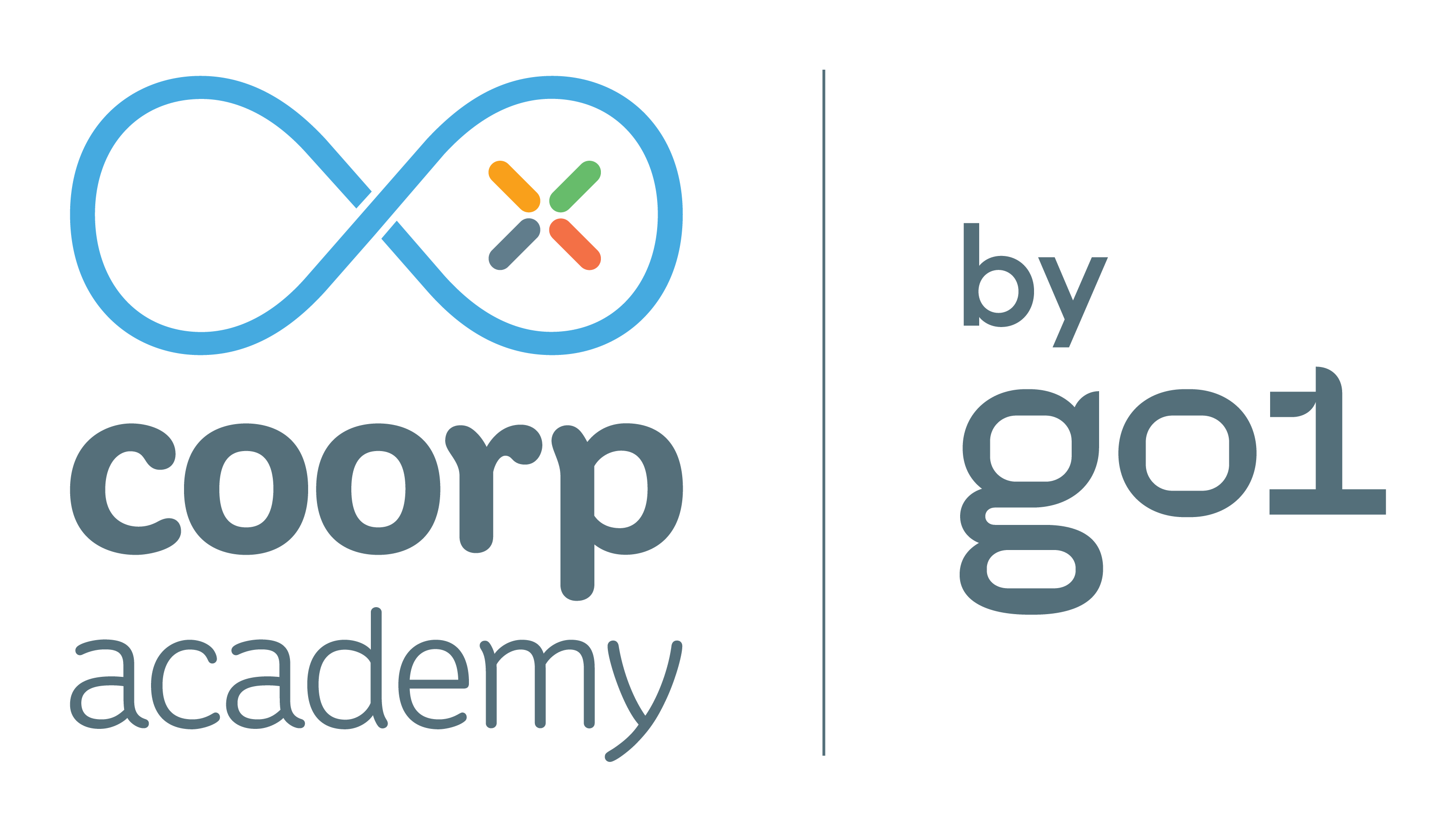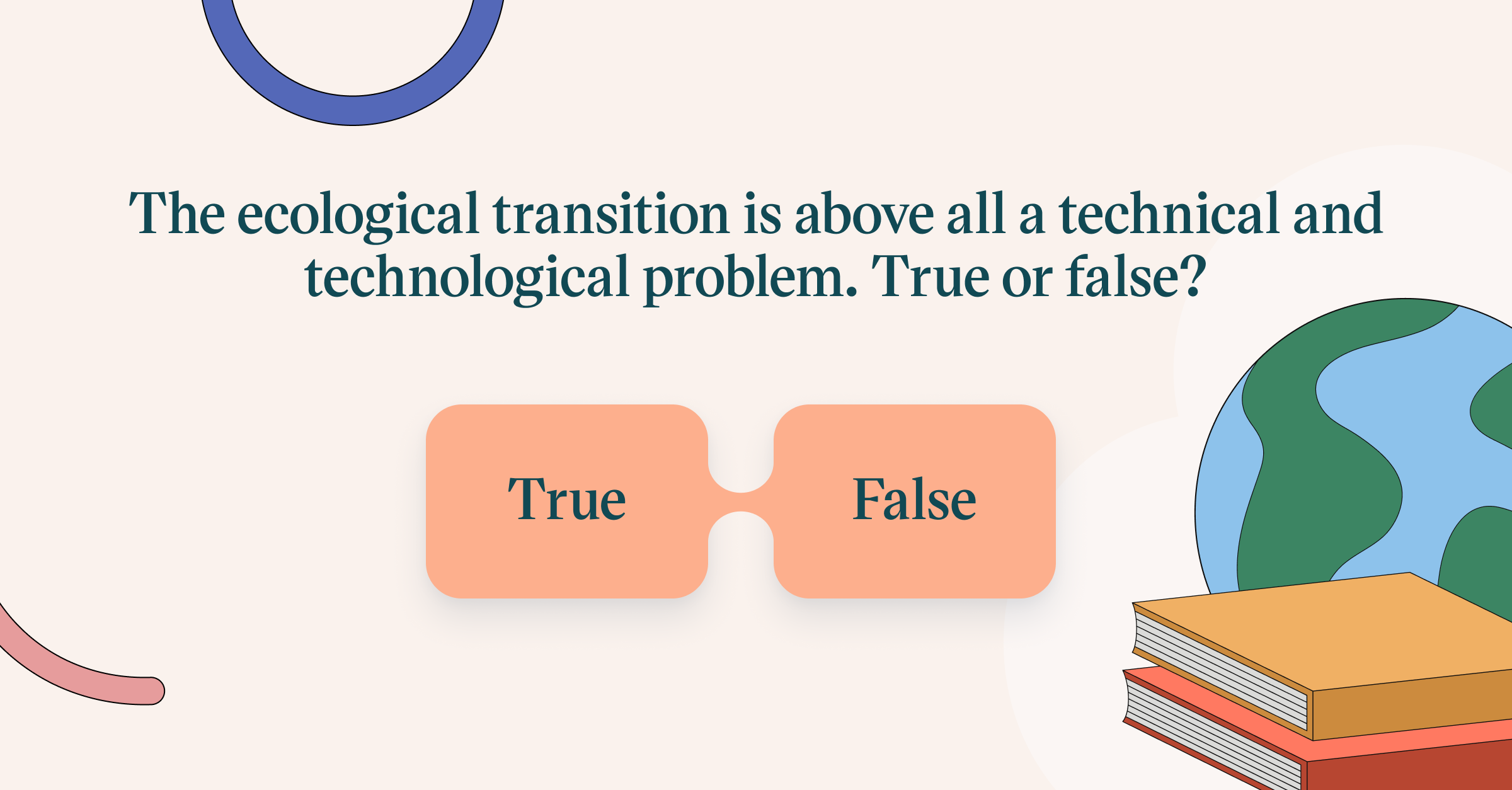What is the link between soft skills and police investigation? (Article 1 on 3: profiling)
Learning Innovation

Before that, we wanted to look back on some of the most famous police works to identify links between soft skills and investigations.
Let’s start by a quick series of questions.
Which famous movie profiler hides behind each sentences?
Quote 1 – “When we know who the criminal is, we can understand what set him off”
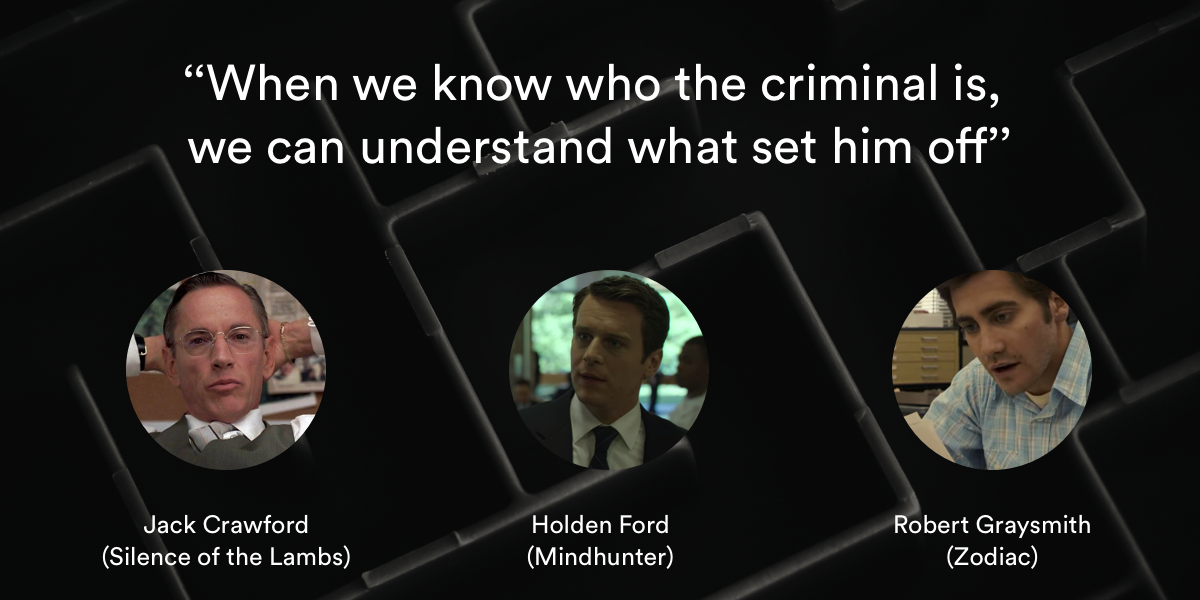 Quote 2 – “I need to stand there, I need to look him in the eye and I need to know that it’s him.”
Quote 2 – “I need to stand there, I need to look him in the eye and I need to know that it’s him.”
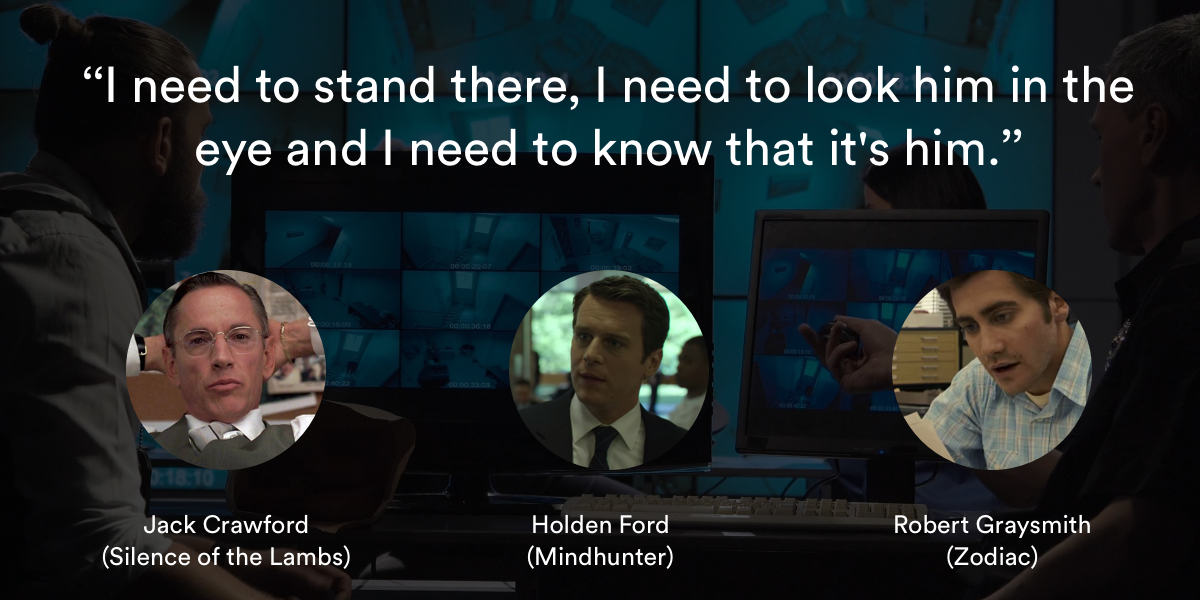
Quote 3- “Vous n’aimeriez pas qu’il pénètre dans votre esprit.”
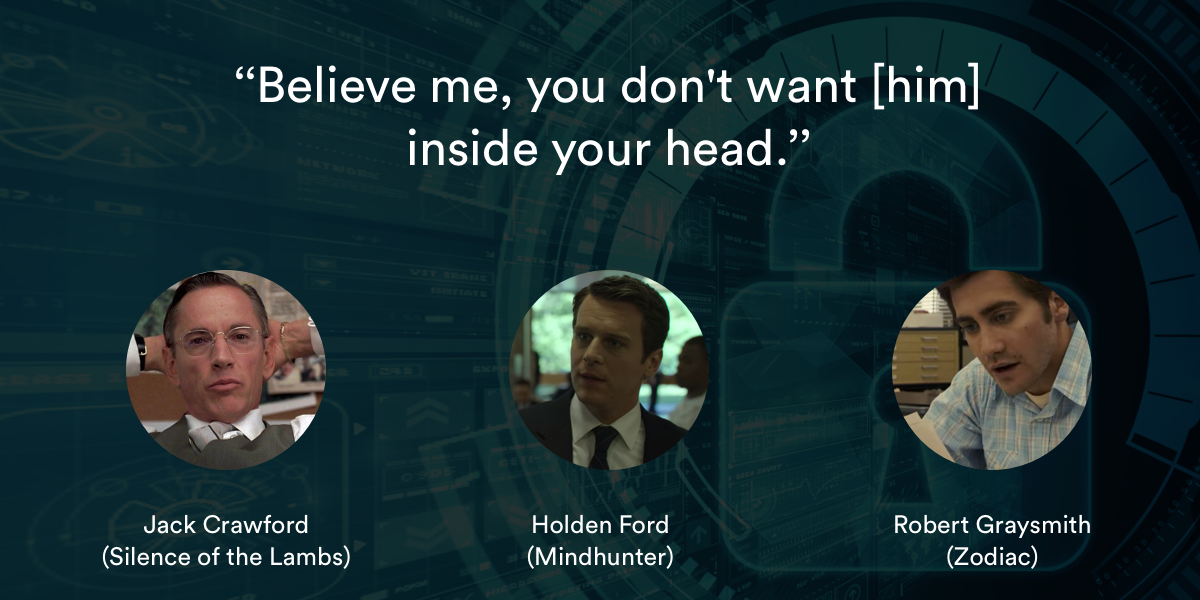
If you know the answers, good on you! You can discover the rest of the article and the history of profiling… Or start a film marathon to try to find the exact sentences in Silence of the Lambs, Mindhunter or Zodiac!
Here are the answers!
Profiler A (Jack Crawford in Silence of the Lambs) – Quote 3: “Believe me, you don’t want Hannibal Lecter inside your head.”
Profiler B (Holden Ford in Mindhunter) – Quote 1: “When we know who the criminal is, we can understand what set him off.”
Profiler C (Robert Graysmith in Zodiac) – Quote 2 : “I need to stand there, I need to look him in the eye and I need to know that it’s him.”
Because it’s a thrilling topic, let’s go back on the history of profiling!
As profilers became unmissable in the movie and series landscapes, it demonstrates the growing use of scientific work for police investigations, and in particular the growing use of behavioral sciences.
Doctor Thomas Bond is usually considered as the first profiler in History – he tried, in the 1880’s, to draw a psychological profile of Jack the Ripper. But the job of profiler – or behavioral analyst – really took off in the 1950’s in the US, the cradle of profiling. From 1940 to 1956, a bomber is terrorizing New York City. In 1957, James A. Brussel creates the criminal profile of the Mad Bomber George Metesky, which will help the police capture him. This investigation marks a turning point in the scientific police history.
It’s in 1972 that profiling becomes a known and theorized science, with the creation of the FBI’s Behavioral Science Unit as an answer to a growing number of murders and sexual assaults at the beginning of the 1970’s. This FBI unit will then be made famous the TV series Mindhunter (2017- ?) created by David Fincher (Seven, Zodiac…) which tells in a very accurate way all the classification and research work made by agents John E. Douglas and Robert Ressler by conducting live interviews with serial killers. Thanks to his methods and innovative research, Douglas remains a leading figure of profiling, and inspired the Jack Crawford character in Silence of the Lambs. As of today though, Douglas only dubs Mindhunter as the only realistic fiction about his job.
Today, the profession of behavioral analyst is recognized. In France, the Behavioral Sciences Department has been created in 2002 within the Gendarmerie Nationale.
In the field of police interrogations, which is the key element of our new interactive series Suspects, adding behavioral analysis in interrogations techniques and using rigorous scientific methods can make the results more conclusive and more reliable in the long term. Before that, in some cases, confessions police got after interrogations turned out to be wrong, like in the Patrick Dils case. His confessions after a long, tiring and interrogation cost him 15 years of jail – he turned out to be not guilty…
Nowadays, methods based on empathy exist, like the PROGREAI method in France (General Process of Interviews, Auditions and Interrogations Gathering – Processus Général de Recueil des Entretiens, Auditions et Interrogatoires). This is a new approach that puts more interest in the individual rather than looking for more clues or pieces of evidence. The goal is to avoid the confrontation between the suspect and the detective, and to create a link. And it works for all cases and on all profiles, witnesses or suspects.
This approach is backed by some of the soft skills you can find in the Coorpacademy catalogue, and that you will find in the interactive series Suspects!
Let’s meet in a few days for the next article on how soft skills and police work go hand in hand!
